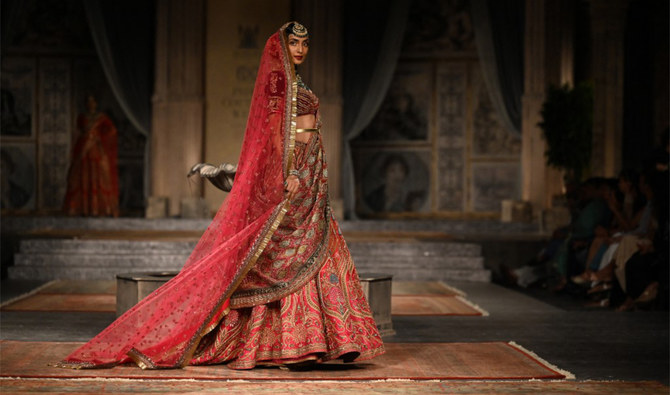Arab fashion has undergone a remarkable transformation over the years, evolving from deeply rooted traditional attire to becoming a vibrant influence on global runways. What was once a symbol of cultural heritage has now seamlessly merged with modern design aesthetics, creating a unique fusion that celebrates both history and innovation. The Arab world, rich with diverse cultures, has always placed high value on clothing as an expression of identity, modesty, and social status.
Traditional garments such as the abaya, thobe, jalabiya, and kaftan remain iconic pieces that reflect the rich heritage of the region. These garments, often adorned with intricate embroidery, luxurious fabrics, and striking colors, carry centuries-old stories of craftsmanship and artistry. In the past, fashion in Arab societies focused on practicality, modesty, and regional customs, with clothing styles often defined by climate, religion, and cultural norms. However, as globalization expanded and younger generations sought creative expression, the fashion landscape began to shift.
In recent decades, Arab designers have risen to international prominence, blending traditional elements with contemporary trends. Designers from countries like Lebanon, the UAE, and Saudi Arabia have taken center stage at global fashion events, presenting collections that honor their roots while appealing to modern tastes. The popularity of abayas and kaftans, reimagined with sleek cuts, embellishments, and bold designs, has grown worldwide, making these garments fashionable beyond the Middle East.
Social media and digital platforms have further accelerated this transformation. Arab influencers and fashion bloggers are shaping trends, showcasing how modest fashion can be both stylish and modern. Platforms like Instagram have provided a stage for Arab designers to reach global audiences, while fashion weeks in Dubai, Riyadh, and Doha have become hotspots for innovation and creativity.
Moreover, luxury brands have recognized the growing demand for culturally inspired designs, often collaborating with Arab designers or customizing collections for the region. This synergy between tradition and high-end fashion has positioned Arab style as a global trendsetter, admired for its sophistication and elegance.
Arab fashion today is more than just clothing it’s a cultural statement that bridges the past and the future. It reflects the confidence of a generation proud of its heritage yet unafraid to experiment, innovate, and redefine global style standards.

